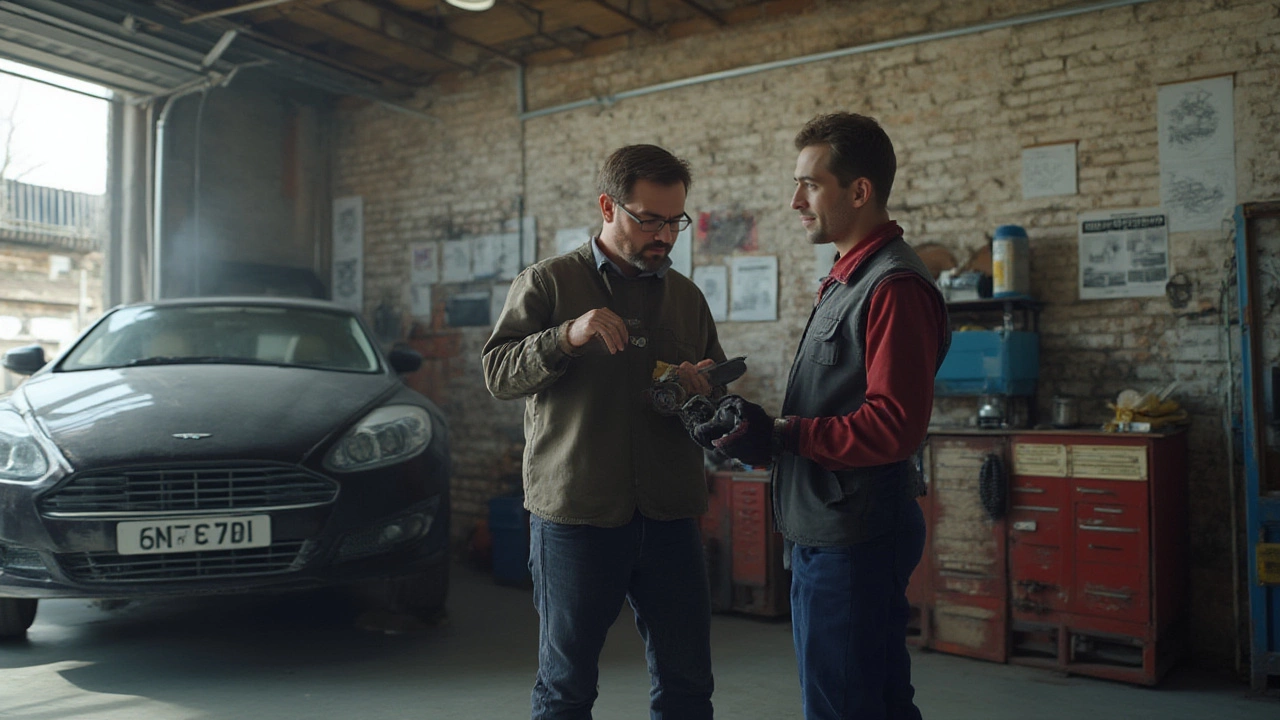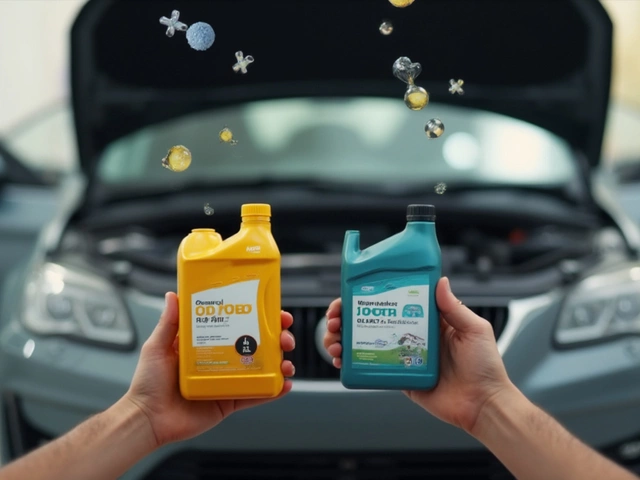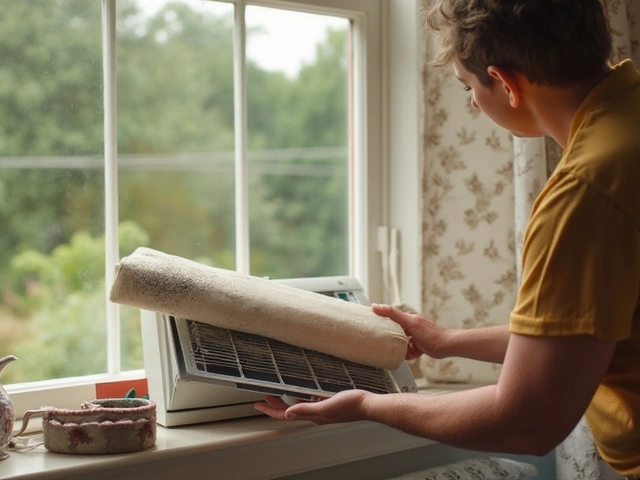Clutch Kit Replacement: What You Need to Know
If your car hesitates, makes weird noises, or the revs rise without a jump in speed, it’s probably time to think about a clutch kit replacement. A worn clutch can ruin your driving experience and even damage other parts if you ignore it. This guide walks you through the signs, costs, and smart choices so you can get back on the road without breaking the bank.
Why replace your clutch kit?
Most drivers notice a slipping clutch first – the engine revs but the car won’t accelerate. Other red flags include a burning smell, a hard-to-use pedal, or grinding when you shift. These symptoms mean the clutch disc, pressure plate, or release bearing are wearing out. Leaving them unchecked can lead to complete clutch failure, leaving you stranded and facing a pricier repair later.
Replacing the whole kit (clutch disc, pressure plate, release bearing, and sometimes the flywheel) ensures every component works together. A fresh kit restores smooth gear changes, better fuel economy, and protects the transmission from further wear. For performance‑focused drivers, a stage 2 clutch kit can give you stronger grip and higher torque capacity, perfect for spirited driving.
How to choose the right kit and save money
Start by checking the car’s make, model, and mileage. OEM (original equipment manufacturer) kits are safe bets for everyday drivers – they match the factory specs and typically come with a warranty. If you want more bite, look at reputable aftermarket brands that offer stage 2 or stage 3 kits. These have reinforced plates and higher‑friction materials, but they can be louder and may need a stronger flywheel.
Cost varies widely. A basic clutch replacement at a local garage can run between £300‑£500, while a performance kit plus labor can push £800‑£1,200. Get a clear quote that breaks down parts, labor, and any additional work like flywheel resurfacing. Ask if the shop offers a “clutch wear inspection” – catching related wear early can shave off extra expenses.
Northwich Tyres Centre can help you compare options. Bring the car in for a quick test, and the staff will recommend the best kit for your driving style and budget. They also stock quality kits on the shelf, so you can avoid long wait times for ordering.
When you get the quote, look for hidden fees. Some shops charge extra for disposing of old parts or for a test drive after the install. A transparent shop will list everything up front. If you’re handy, you might consider a DIY install, but remember that a misaligned clutch can cause mileage‑killing problems. Most people find it easier and safer to let a professional do the job.
Finally, keep an eye on the warranty. A good kit comes with at least a 12‑month guarantee on parts. Combine that with a reputable installer’s warranty on labor, and you’ve got peace of mind.
Bottom line: don’t wait for a clutch to bite the dust. Spot the signs early, get a clear cost breakdown, and choose the kit that matches your needs. With the right info, you’ll enjoy smoother shifts, better performance, and a repair that fits your wallet.
 3 July 2025
3 July 2025
How Long Does It Take to Replace a Clutch Kit? Real-World Timelines & Tips
Curious about clutch kit replacement time? Get the real hours, essential tips, step-by-step repair insights, and honest advice for DIY and mechanic installs, all in simple words.
Latest Posts
-

What Is a Good Substitute for Windshield Wiper Fluid?
-

Engine Oil Choice: Does It Really Matter?
-

How to Identify a Faulty Air Filter: Simple Tips and Tricks
-

How Do I Know What Size Exhaust I Need? Straightforward Guide for Perfect Fit
-

Should You Replace Both Windshield Wipers? Expert Advice for Drivers

0